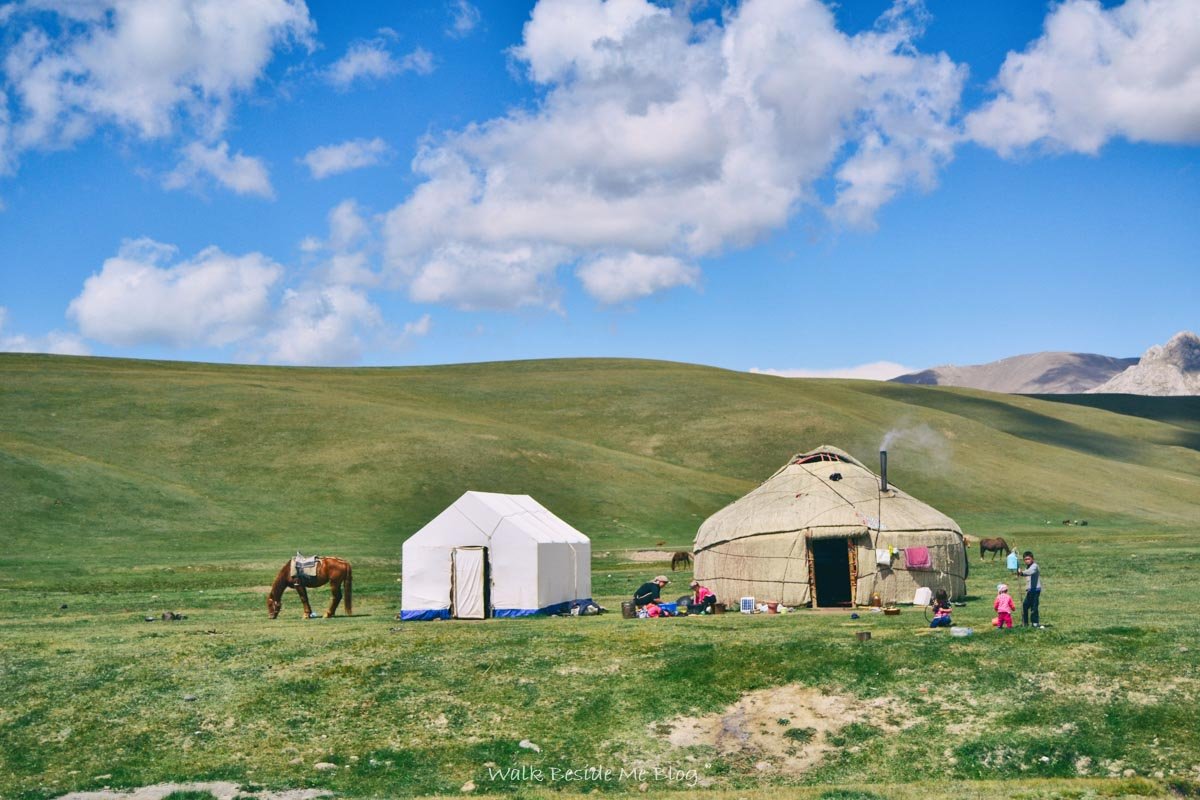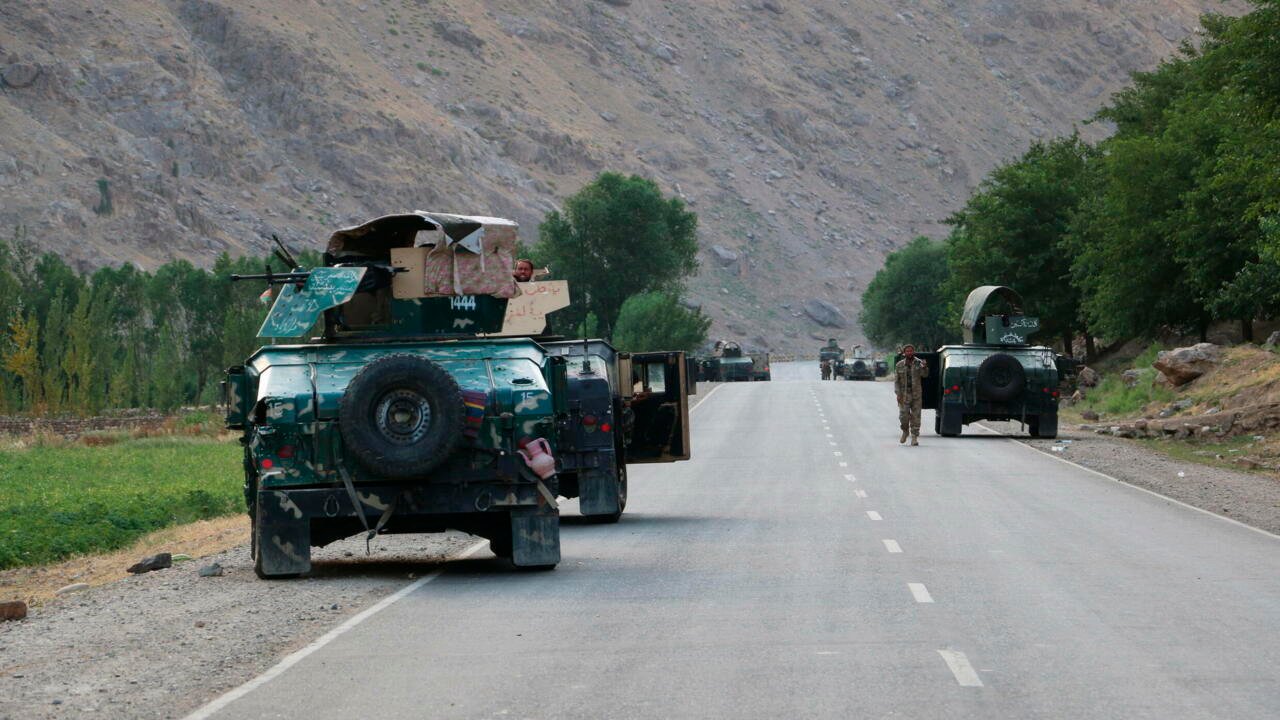Traveling to Iran, a land of ancient history, vibrant culture, and stunning landscapes, is an enriching adventure. From the architectural marvels of Isfahan to the bustling bazaars of Tehran, Iran captivates visitors with its hospitality and heritage. However, due to geopolitical complexities, mandatory visa requirements, and unique travel risks, securing the right travel insurance is not just advisable—it’s essential. As of May 2025, Iran’s tourism industry welcomes over 5 million visitors annually, per the Iran Tourism Organization, but international sanctions and limited coverage from global insurers complicate insurance choices. This 2,000-word article, designed for a 10-minute read, provides a comprehensive guide to selecting the best travel insurance for Iran, covering mandatory requirements, key coverage areas, provider options, and practical tips to ensure a safe and worry-free journey.
Why Travel Insurance is Mandatory for Iran
Travel insurance is a legal requirement for most visitors to Iran, particularly for those applying for a visa on arrival (VOA) at international airports like Imam Khomeini in Tehran. Without proof of valid insurance, Iranian authorities will deny visa issuance or require purchasing a local policy at the airport, which may offer limited coverage and delay your entry, per Against the Compass. This mandate stems from Iran’s healthcare system, where public hospitals may not meet international standards, and private facilities are costly, per Insubuy. Additionally, sanctions imposed by the U.S. and other nations restrict many global insurers from covering Iran, making specialized policies critical.
Beyond visa compliance, travel insurance protects against unforeseen events like medical emergencies, trip cancellations, or lost luggage, which can be costly in a country with limited English-speaking medical staff and variable infrastructure outside major cities. For example, a medical evacuation from rural Iran could cost tens of thousands of dollars, per High Risk Voyager. With these factors in mind, choosing the right policy involves understanding coverage needs, verifying Iran-specific eligibility, and selecting a reputable provider.
Key Factors to Consider When Choosing Travel Insurance for Iran
Selecting the right travel insurance for Iran requires careful evaluation of your travel plans, health, and the unique risks of the destination. Below are the critical factors to guide your decision.
1. Visa Compliance and Iran-Specific Coverage
Iranian authorities require insurance policies to explicitly name Iran as a covered destination. Many international policies use vague terms like “Middle East” or “Asia,” which are insufficient for visa purposes, per 1stQuest. Ensure the policy documentation clearly states “Iran” to avoid issues at immigration. For visa-on-arrival applicants, carry a printed copy of your insurance certificate, as digital copies may not be accepted.
- Tip: Request a written confirmation from your insurer stating Iran coverage. If your existing policy doesn’t cover Iran, opt for a specialized provider.
2. Medical Coverage and Evacuation
Medical emergencies are a primary concern in Iran, where private hospitals charge high fees, and rural areas lack advanced facilities, per Friendly Iran. Look for policies offering at least €10,000 in medical coverage, including hospitalization, emergency dental care (up to €200), and medical evacuation. Coverage for COVID-19-related expenses is also crucial, as pandemics remain a risk, per TAPPersia. Ensure the policy includes repatriation in case of severe illness or death, as these services are unlimited in some plans, per Saman Insurance.
- Example: A traveler I know faced a €5,000 hospital bill for appendicitis in Shiraz, covered entirely by their IATI policy.
3. Trip Cancellation and Interruption
Iran’s unpredictable weather, such as spring floods, or sudden hotel cancellations can disrupt plans, per Insubuy. Trip cancellation insurance reimburses non-refundable costs (e.g., flights, tours) if you cancel for covered reasons like illness or a family emergency. Trip interruption coverage helps if you must return home early. Look for policies covering at least $1,000–$2,000 in trip costs, and read exclusions carefully, as some don’t cover political unrest, a risk in Iran, per GOV.UK.
4. Lost Luggage and Personal Belongings
Baggage mishandling by Iran’s domestic carriers is reported, per Insubuy. Policies should cover lost, delayed, or stolen luggage, with limits of €200–€500. Some local providers like Saman Insurance include theft protection, unlike certain international plans, per Visit Our Iran. Ensure coverage for lost documents like passports, which costs €200 to replace, per IranSafar.
5. High-Risk Activities and Adventure Sports
If your itinerary includes hiking in the Alborz Mountains or biking in Yazd, verify coverage for adventure activities. For instance, IATI’s Backpacker plan covers hiking up to 3,000m, while the Star plan with an “Adventure Sports” supplement covers up to 5,000m, per Against the Compass. Specify activities during purchase to avoid claim denials.
6. Coverage for High-Risk Destinations
The UK’s Foreign, Commonwealth & Development Office (FCDO) advises against all travel to Iran due to political tensions, invalidating many standard policies, per GOV.UK. Providers like High Risk Voyager offer specialized coverage for such destinations, assessing Iran on a case-by-case basis, per High Risk Voyager. Confirm with insurers if they cover travel against FCDO advice, and request written approval.
7. Policy Cost and Duration
Insurance costs vary by age, trip length, and coverage level. Local providers like 1stQuest offer policies starting at €10–€12 for short stays, while international options like IATI cost €50–€100 for two weeks, per Termeh Travel. Ensure the policy duration aligns with your visa (typically 30 days for VOA) and is valid for three months from issuance, per Persian.net.au.
8. Emergency Assistance and Support
24/7 support is vital in Iran, where language barriers and logistical challenges can complicate emergencies. Providers like Saman Insurance, partnered with IranSafar, offer extensive medical and legal networks across Iran, with English-speaking hotlines. International providers like IATI provide global assistance, but local partners expedite claims in Iran, per TAPPersia.
Top Travel Insurance Providers for Iran in 2025
Due to sanctions, many global insurers exclude Iran, but several reputable providers offer tailored coverage. Below are the top options, based on coverage, cost, and reliability, per sources like Against the Compass and Visit Our Iran.
1. IATI Insurance – Best for Comprehensive Coverage
IATI, a Europe-based insurer, covers travelers worldwide, including Americans and Canadians, and explicitly includes Iran, per Against the Compass. Popular for its high medical coverage (€200,000–€500,000), it offers plans like IATI Backpacker (€60 for 2 weeks) and IATI Star with adventure sports (€80 with supplement). It includes COVID-19 coverage, trip cancellation, and repatriation.
- Pros: High medical limits, adventure sports options, visa-compliant.
- Cons: Pricier than local options (€50–€100).
- Best For: Adventurers and long-term travelers.
2. High Risk Voyager – Best for High-Risk Destinations
Designed for volatile regions, High Risk Voyager assesses Iran case-by-case, offering coverage despite FCDO warnings, per High Risk Voyager. Plans include medical evacuation, terrorism cover, and legal assistance, with add-ons for adventure activities. Costs start at $100 for single trips.
- Pros: Covers high-risk areas, customizable add-ons.
- Cons: Requires direct contact, higher cost ($100–$300).
- Best For: Business travelers and those defying FCDO advice.
3. Saman Insurance (via Local Providers) – Best for Budget Travelers
Saman Insurance, Iran’s leading insurer, partners with platforms like 1stQuest, IranSafar, and TAPPersia to offer affordable policies (€12–€30 for short stays). Coverage includes €10,000 for medical expenses, COVID-19, lost luggage, and legal aid, with 24/7 support, per IranSafar. It’s ideal for visa compliance and basic needs.
- Pros: Low cost, visa-compliant, extensive local network.
- Cons: Lower medical limits, less suitable for high-risk activities.
- Best For: Budget travelers and short trips.
4. True Traveller – Best for European Backpackers
True Traveller offers flexible plans for Europeans, with €2,500,000 in medical coverage for €53 (2 weeks), per Against the Compass. However, FCDO warnings may void coverage unless explicitly agreed, so confirm Iran inclusion. Add-ons cover trekking and theft.
- Pros: Flexible, high medical coverage.
- Cons: FCDO restrictions, not for non-Europeans.
- Best For: European backpackers with low-risk itineraries.
5. Auras Insurance – Best for Quick Purchase
Auras provides affordable single-trip policies ($1.50/day) with €10,000 coverage, including medical, COVID-19, and lost documents, per Auras.insure. Its online platform delivers policies instantly, ideal for last-minute travelers.
- Pros: Cheap, fast processing, visa-compliant.
- Cons: Limited customization, basic coverage.
- Best For: Last-minute travelers needing visa compliance.
Step-by-Step Guide to Choosing and Purchasing Insurance
Follow these steps to select and secure the right travel insurance for Iran:
- Assess Your Needs: Determine your itinerary, activities (e.g., hiking, sightseeing), trip cost, and health conditions. For example, a 10-day trip costing $1,500 needs at least $1,500 in cancellation coverage.
- Check Existing Policies: If you have annual insurance, confirm Iran coverage with a written statement. Terms like “Middle East” are invalid, per Termeh Travel.
- Compare Providers: Use comparison sites like Insubuy or directly check IATI, 1stQuest, or High Risk Voyager. Prioritize visa compliance, medical coverage (€10,000+), and emergency support.
- Verify FCDO Compliance: If traveling against FCDO advice, contact insurers like High Risk Voyager for written approval, per GOV.UK.
- Purchase Online: Use platforms like iran.1stquest.com (Saman, €12) or iatiinsurance.com (€60). Local providers deliver policies within 24–48 hours, per IranSafar. Pay via international credit card.
- Carry Documentation: Print your policy certificate, including the policy number and emergency contacts. Carry a passport copy, as hotels may hold originals, per TAPPersia.
- Know Emergency Contacts: Save hotline numbers (e.g., Saman’s 24/7 line) and local emergency numbers (115 for ambulance, 110 for police), per Auras.insure.
Example: I booked Saman Insurance via 1stQuest for €15, receiving my policy in 24 hours. It covered a minor luggage delay in Mashhad, saving me €100.
Special Considerations for Iran Travel
Iran’s unique context requires additional vigilance when choosing insurance:
- Sanctions and Coverage Gaps: U.S. sanctions exclude many insurers, so avoid policies with ambiguous terms. IATI and Saman are explicitly sanction-compliant, per Against the Compass.
- Political Risks: Iran’s tense relations with Israel and the West increase risks of unrest, per GOV.UK. Ensure policies cover trip interruptions due to security issues, though war or terrorism is often excluded, per Bimeh Iran.
- Cultural and Legal Needs: Women must adhere to hijab laws, and non-compliance may lead to legal issues. Policies with legal assistance (€250 limit) are valuable, per Visit Our Iran. Gender-based violence risks in rural areas also necessitate robust medical coverage, per travel.state.gov.
- Pre-Existing Conditions: Disclose medical conditions, as exclusions apply to untreated diseases, per Bimeh Iran. MoneyHelper’s directory (moneyhelper.org.uk) lists insurers for serious conditions.
Ethical and Practical Tips for Travelers
To maximize safety and support local communities, follow these tips, per Responsible Travel:
- Choose Local Providers: Platforms like 1stQuest or IranSafar support Iran’s economy and offer efficient claims via Saman’s network.
- Prepare for Emergencies: Carry cash (USD/EUR) due to limited ATM access and save hospital bills for claims, per visaguide.world.
- Respect Local Laws: Wear modest clothing (no shorts for men, hijab for women) to avoid legal hassles, per Insubuy.
- Minimize Environmental Impact: Avoid plastics and follow Leave No Trace principles in natural sites like the Alborz Mountains.
- Stay Informed: Monitor gov.uk for FCDO updates and register with your embassy, per travel.state.gov.
Example: I used IranSafar’s 24/7 hotline to locate a hospital in Isfahan, avoiding a €500 out-of-pocket cost for a minor injury.
Common Pitfalls to Avoid
- Assuming Global Coverage: Policies like World Nomads may exclude Iran due to sanctions, per Tripadvisor. Always confirm Iran inclusion.
- Buying at the Airport: Airport policies are pricier (€20–€30) and offer minimal coverage, per 1stQuest.
- Ignoring Exclusions: War, terrorism, or pre-existing conditions are often excluded, per Bimeh Iran. Read the fine print.
- Overpaying for Coverage: High medical limits (€2.5M) are unnecessary, as Iran’s hospitals are affordable, per Termeh Travel. Opt for €10,000–€50,000.
Where to Learn More
- Websites: againstthecompass.com, iran.1stquest.com, gov.uk, travel.state.gov.
- Guides: Lonely Planet Iran ($25, Amazon) for travel tips.
- Forums: Join “Iran Travel” on Reddit or “Traveling to Iran” on Facebook for community advice.
- Comparison Sites: insubuy.com for international plans, iransafar.co for local options.
- Reports: UNWTO’s Tourism Highlights 2024 (unwto.org) for regional trends.
Conclusion
Choosing the right travel insurance for Iran in 2025 is a critical step to ensure a safe and seamless journey. With mandatory visa requirements, sanctions limiting global coverage, and unique risks like political unrest or medical emergencies, travelers must prioritize policies that explicitly cover Iran, offer robust medical and evacuation benefits, and align with their itinerary. Providers like IATI, High Risk Voyager, and Saman Insurance (via 1stQuest or IranSafar) cater to diverse needs, from budget travelers to adventure enthusiasts. By assessing coverage needs, comparing providers, and preparing for Iran’s cultural and logistical nuances, you can explore Persepolis, Shiraz, and beyond with peace of mind. Start your research today, secure your policy, and embark on an unforgettable adventure in the heart of Persia.



